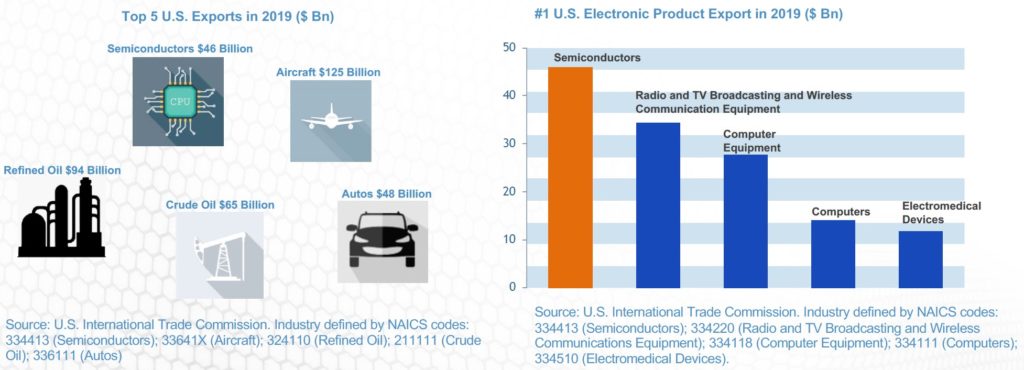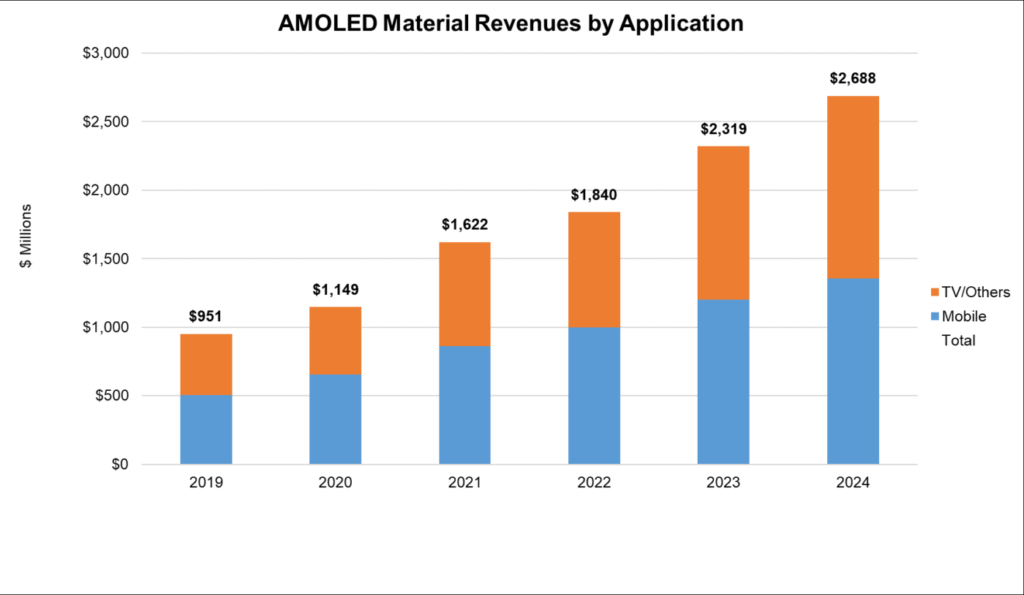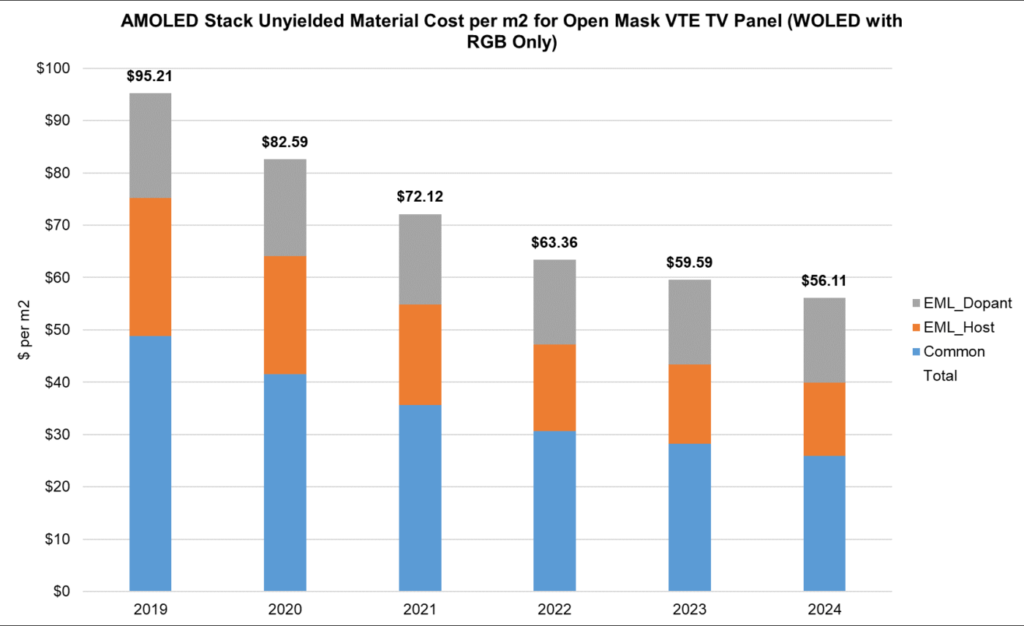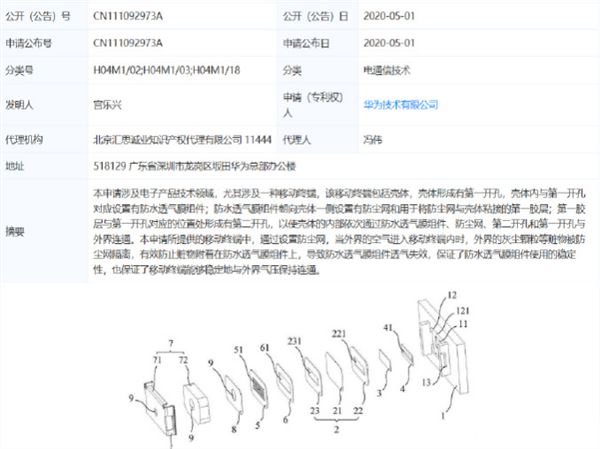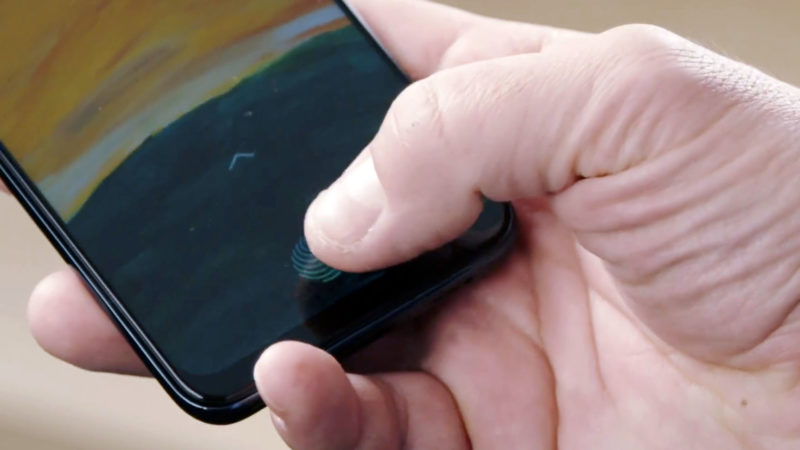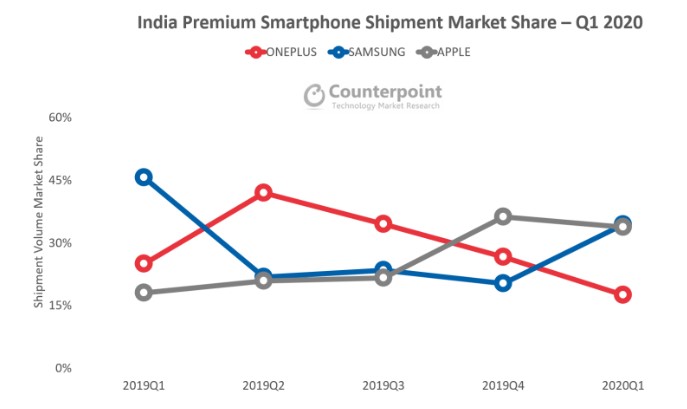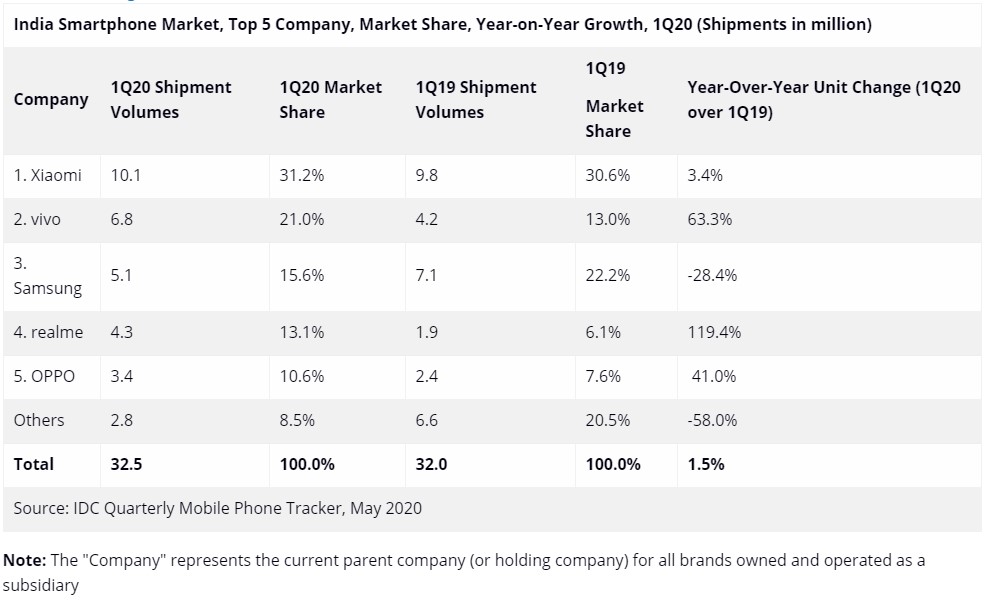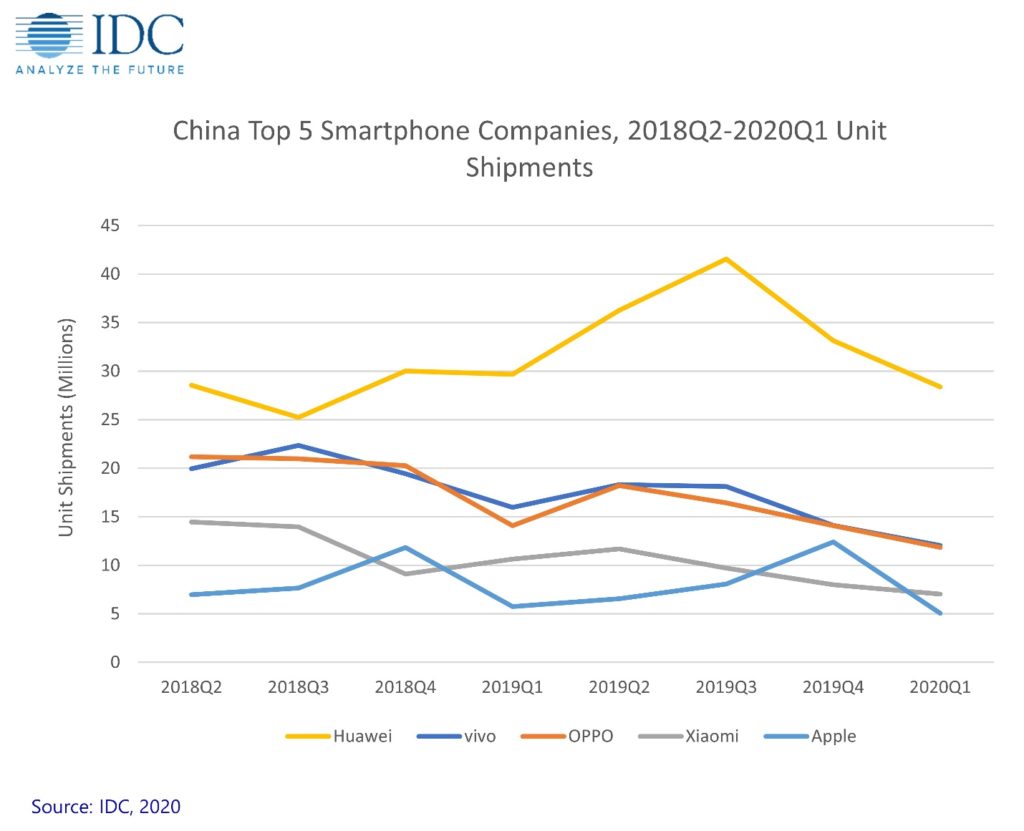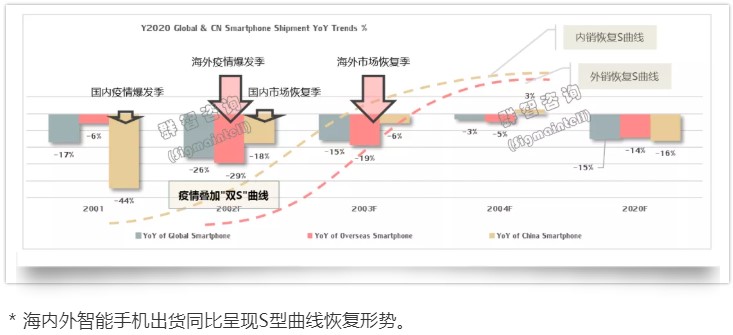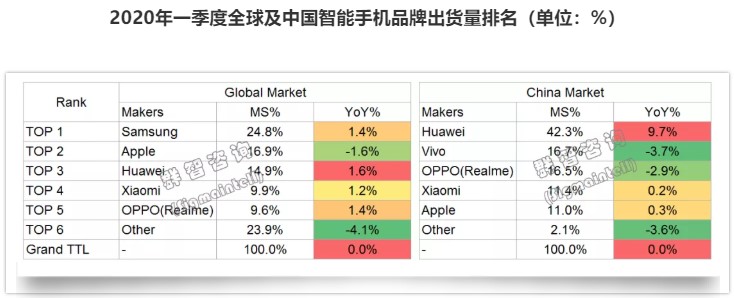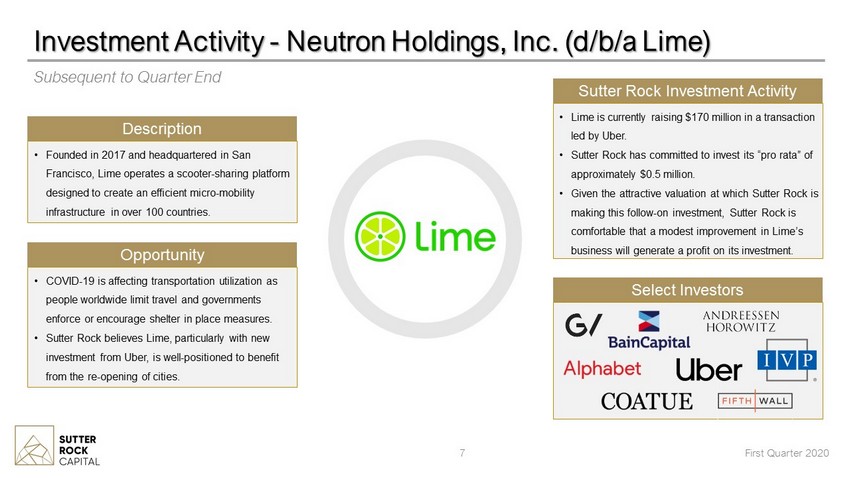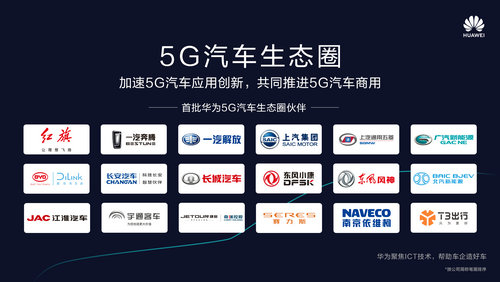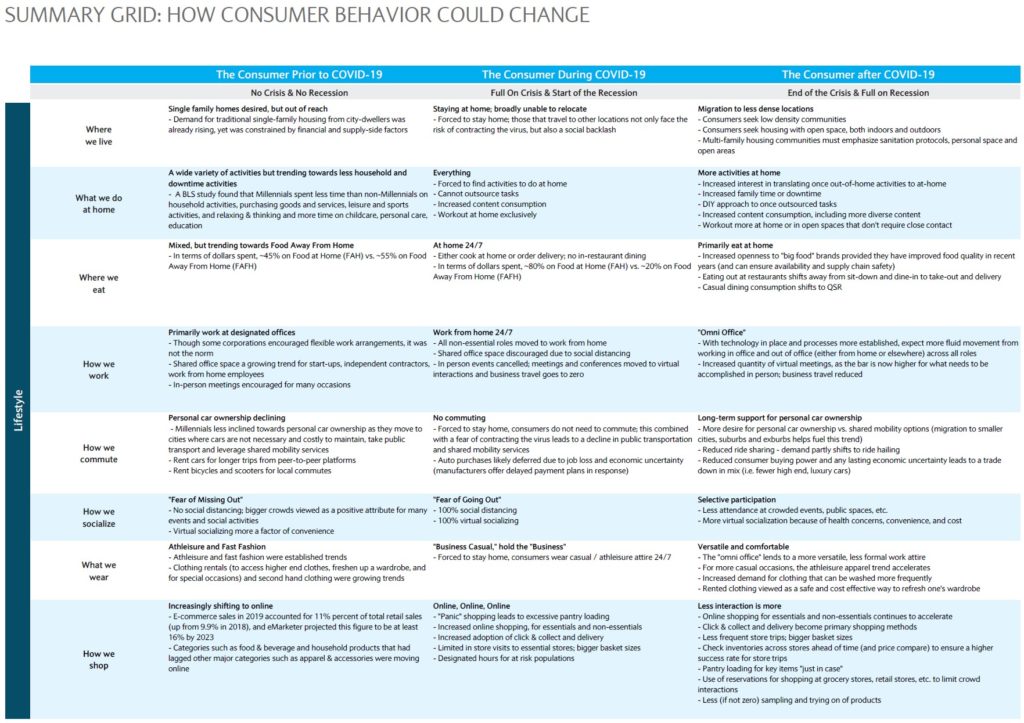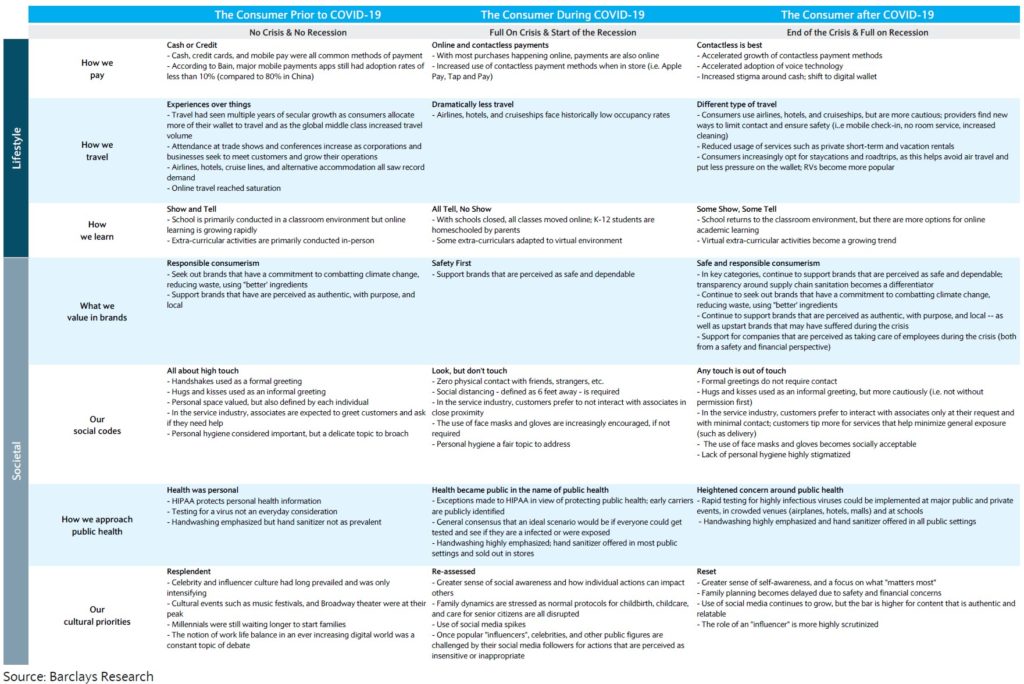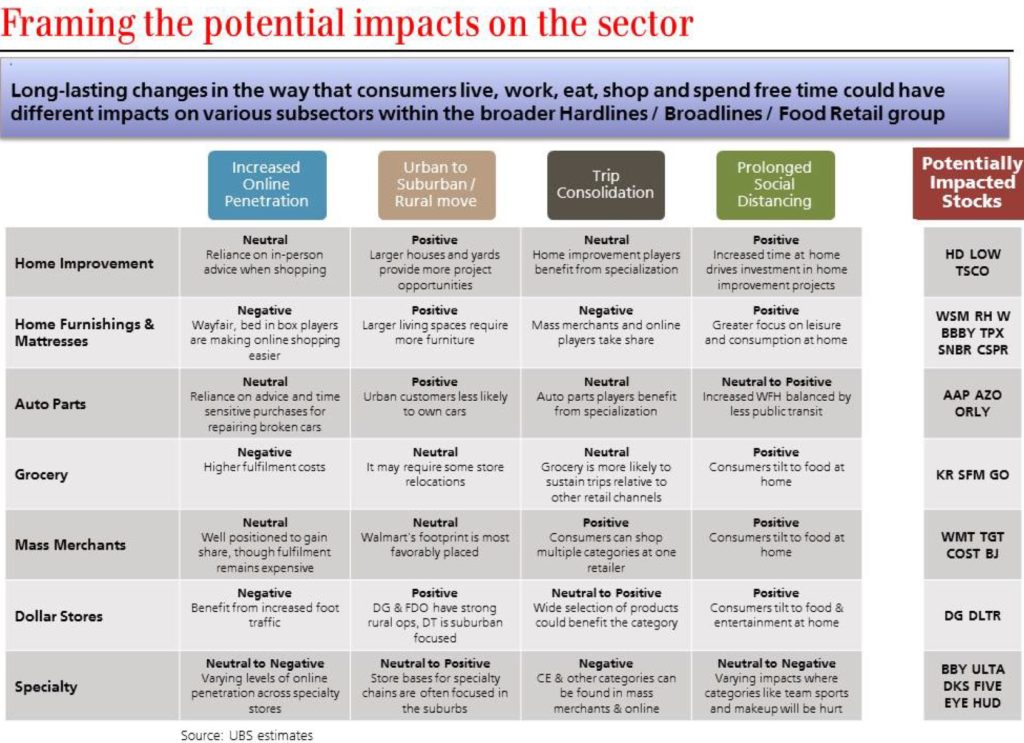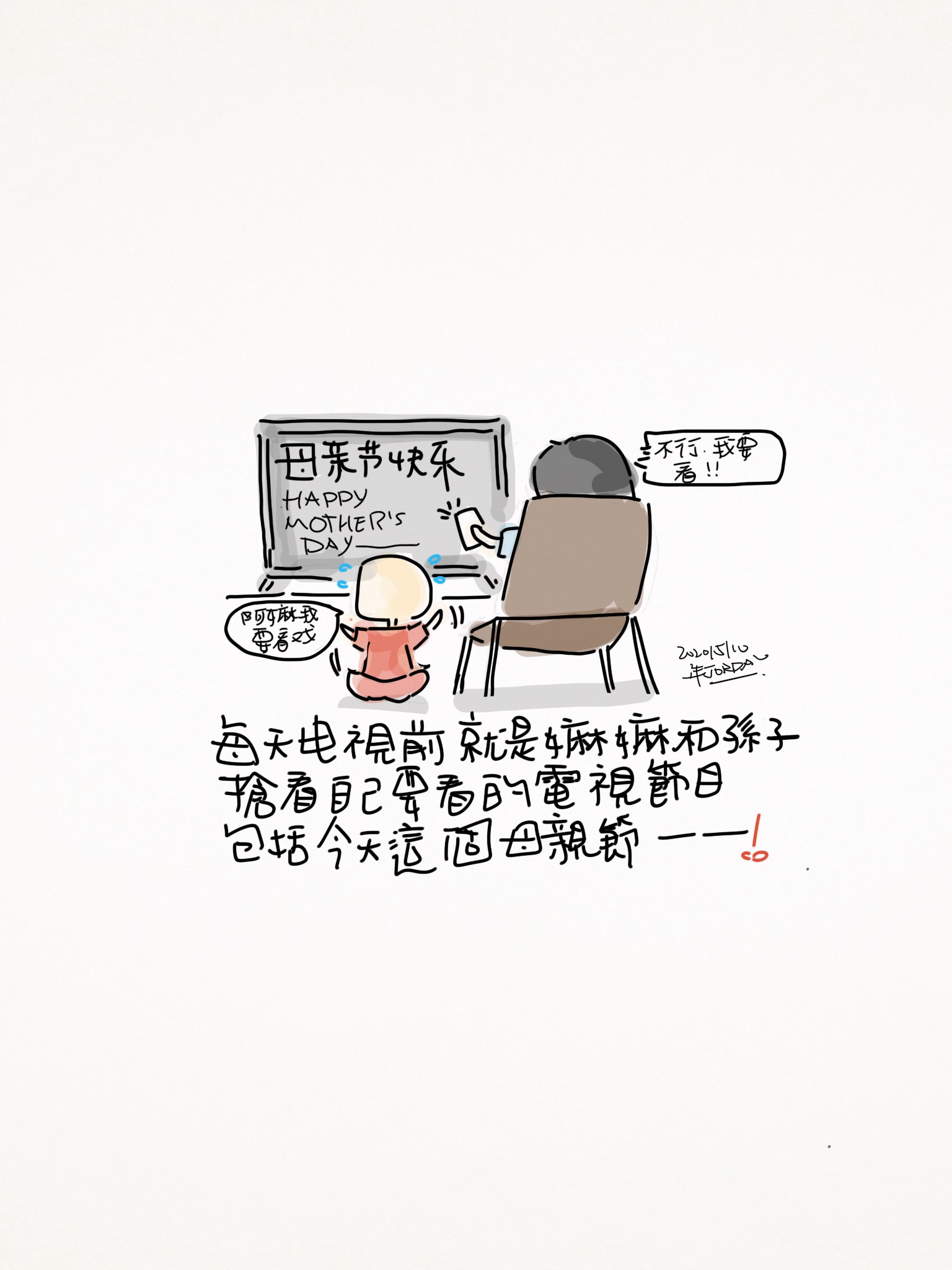
5-10 #HappyMothersDay: 3M NITS enables lower-end smartphones featuring LCD displays to use in-display fingerprint sensors; Huawei has signed a contract with 18 car companies to set up a “5G car ecosystem”; etc.
Chipsets
Worldwide semiconductor sales increased from USD149.4B in 1999 to USD412.3B in 2019, a CAGR rate of increase of 5.21% per year. According to the World Semiconductor Trade Statistics (WSTS) Fall 2019 Semiconductor Industry Forecast, worldwide semiconductor industry sales are forecast to reach USD433B in 2020 and USD460B in 2021. (SIA report)
U.S. exports of semiconductors were worth USD46B in 2019, fifth highest among U.S. exports behind only airplanes, refined oil, crude oil, and autos. Semiconductors constituted the largest share of U.S. exports of all electronic product exports. (SIA report)
Touch Display
TCL’s subsidiary China Star Optoelectronics (CSOT) has signed an OLED technology license agreement and material purchase agreement with Universal Display (UDC). UDC will supply phosphorescent OLED materials CSOT to be used in its display products. (OLED-Info, Business Wire)
MagnaChip estimates that 8 new smartphones that adopt its OLED drivers released in 1Q20, and 9 has entered pilot production. MagnaChip has a total of 16 OLED display drivers, almost double the number of drivers it had in its portfolio in 1Q19. The company has started to develop OLED drivers for automotive products, which the company expects to into production in 1H21. (OLED-Info, PR Newswire)
DSCC has updated its OLED material market estimates, saying that AMOLED stack material sales will grow from USD951M in 2019 to USD2.69B in 2024 – a CAGR of 23%. These new estimates take into account DSCC’s reduced input area forecast due to the slowdown in demand caused by the COVID-19 pandemic. (OLED-Info, DSCC, press)
Camera
ArcSoft’s board secretary Hao Huimei has said that in 2020, For smartphones, the company will actively focus on 3D vision sensor TOF related solutions, optical display fingerprint recognition solutions, and screen brightness ambient light sensor chips (ALS) etc. For smart automotive, the company will accelerate the breakthrough of the vehicle vision business, the goal is that the relevant solutions can cover most mainstream domestic car brands and some joint venture car brands. (Laoyaoba, Sina, Yicai)
Material
Huawei has applied for a new patent for dustproof and waterproof. The phone includes a housing, the housing is formed with a first opening, and a waterproof and breathable membrane component is provided in the housing corresponding to the first opening, and a dustproof net is provided on the side of the waterproof and breathable membrane component facing the housing, with the first layer of glue between the dust screen and the shell. A second opening is formed at a position of the first adhesive layer corresponding to the first opening. (CN Beta, ChinaZ)
Biometrics
3M is announcing the development of NITS (Near Infrared Transmission System), which basically does the same. Enables lower-end smartphones featuring LCD displays to use in-display fingerprint sensors of the optical kind. 3M NITS uses advanced, micro-thin 3M optical display films to allow fingerprint-reading optical sensors to be placed behind an LCD screen. This new-to-the-world technology unlocks better security with a full screen for mobile phones and other devices featuring LCD display systems. (Laoyaoba, Tech Post, Pocket-Now, Biometric Update)
Phone
According to Counterpoint Research, India’s smartphone shipments in the premium segment (>INR30,000 or roughly >USD400) grew 21% YoY with the market-driven by new launches and aggressive offers. Samsung’s premium shipment volume market share of 34% helped it recapture the top spot in the segment, just nudging out Apple. (GizChina, Sam Mobile, Counterpoint Research)
According to IDC, India’s smartphone market saw a relatively flat opening quarter with YoY growth of 1.5% to 32.5M units in 1Q20. Despite that, India was the only country amongst the top 3 to see any growth, as both China and USA markets declined YoY by (-20.3%) and (-16.0%) respectively in 1Q20. Inventories remained high throughout the distribution channels due to seasonally low demand in the first quarter, clubbed with the COVID-19 impact from mid-Mar 2020 onwards as the nationwide lockdown was announced. (CN Beta, IDC, Apple Insider)
According to IDC, smartphone shipments in China stood at 66.6M units in 1Q20, a 20.3% decline from 83.6M units a year ago. This marked the largest decline ever in China as the market was hit by both supply chain disruptions and a demand slump due to lockdowns and the COVID-19 pandemic. (IDC)
According to Sigmaintell, global smartphone shipments in 1Q20 ar approximately 253M units, a YoY decrease of approximately 16.8%. It is expected that the decline in 2Q20 will further down to 26% year-on-year. At the same time, the overall domestic shipments of 1Q20 in the domestic market are 49.2M units, a YoY decrease of approximately 44.3%. The 2Q20 domestic market is expected to recover significantly, with a year-on-year decrease of approximately 18%. (Sigmaintell, report, Laoyaoba)
Wearables
Apple will allegedly produce its AirPods in Vietnam. About 3M~4M units (or 30%) of total classic AirPods production will be made in Vietnam. For now, Apple is not moving the assembly of its premium AirPods Pro to Vietnam; introduced Oct 2020. The mass production of AirPods in Vietnam started as early as in Mar 2020. (Phone Arena, Asia Nikkei, CNBC, IT Home)
The US Army is asking technology companies to develop wearable sensors to detect early symptoms of coronavirus. They have invited initial proposals for a USD25M contract to develop a device that uses existing technology as much as possible. Whereever the sensor is worn on the body, possibly on the wrist like a watch or on a shirt or belt, the aim is it will provide indicators of a fever, respiratory difficulties, “molecular biomarkers” of exposure to the virus and even the presence of antibodies against it. (My Drivers, Next Gov, CNN)
Automotive
Lime has announced that Uber is leading a USD170M investment round. As part of the investment, Lime has acquired JUMP’s business operations and will further expand its mobile app integration with Uber. (CN Beta, TechCrunch, Lime)
Huawei has signed a contract with 18 car companies to set up a “5G car ecosystem”. This deal aims to accelerate the commercialization of 5G technology in the automotive industry. The companies include FAW Group, Changan Automobile, Dongfeng Group, SAIC Group, GAC Group, BAIC Group, BYD, Great Wall Motor, Chery Holdings, JAC, Yutong (Bus), Celis, Nanjing Iveco, Jinkang Series as well as T3 Travel. (My Drivers, Huawei, Sina, The Paper, GizChina)
E-Commerce
Barclays believes the COVID-19 crisis is shaping a new type of U.S. consumer. Some of these behaviors are already evident while newer ones could emerge in the aftermath. Barclays would expect the post-COVID-19 consumer to be more mindful of crowds, place a great emphasis on hygiene and sanitation, shop online more, and be more cost-conscious. (Barclays report)
In a post COVID-19 world, changes in how consumers live, work, eat, shop, and spend leisure time could have meaningful impacts on the hardline, broadline, & food retailers. These changes are unpredictable. Between the share shift to food at home and the increased penetration of online grocery, the food retail sector could see long-lasting changes that will have profound impacts. (UBS report)
